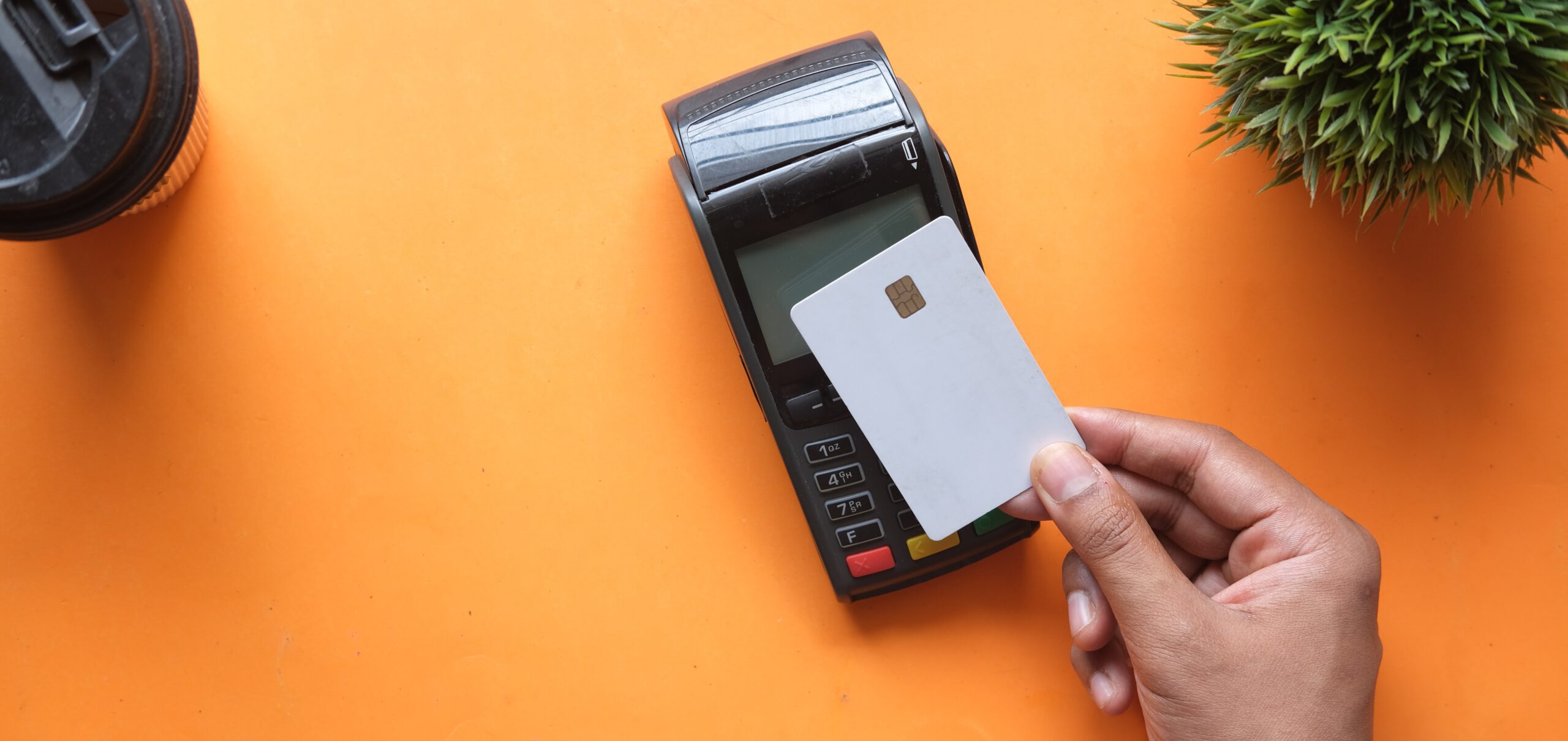
Payment Methods Overview
Payment transactions involve the transfer of various payment methods, which include money and money surrogates (money-like payment methods). These payment methods can be utilized for exchanging goods and services.
In the Euro currency area, Euro cash serves as the legal tender, allowing debtors to legally settle their liabilities in Euros. The European Central Bank, according to Article 128 I TFEU, has the exclusive authority to approve the issuance of Euro banknotes, subsequently empowering national central banks to issue them.
The macroeconomic roles of money extend beyond the function of being a means of payment. They encompass the following aspects:
- Payment function or means of exchange
- Store of value
- Means of transferring value
- Unit of account
During the process of value transfer, three potential forms of payment are available:
- Cash payment: This traditional form of payment involves the exchange of physical currency.
- Semi-cash payment: Involves payment instruments such as cashier’s checks and payment slips that are convertible to cash.
- Cashless payment: Non-cash transactions, including transfers, direct debits, and digital payments.
As economies advance technologically, cash usage tends to decrease due to the associated transaction costs for merchants in everyday use. Business and corporate customers, for instance, are often charged deposit fees for each cash deposit made at their banks. Consequently, larger transactions typically favor cashless payment methods to reduce costs and enhance convenience.
